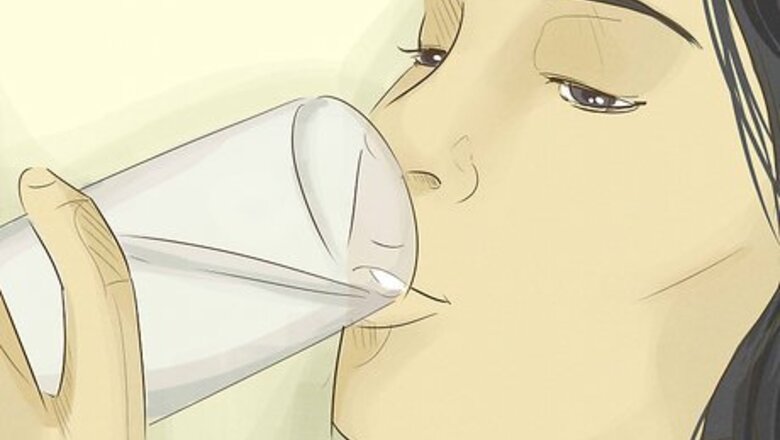
views
- Drink more water every day. If you're dehydrated, your spinal discs will be as well.
- Eat calcium-rich foods, like green vegetables, nuts, and seeds.
- Exercise daily. Walking, yoga, or any other form of exercise is good for your spine.
Back and Bone Health
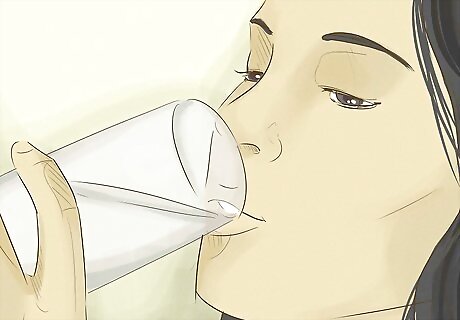
Drink plenty of water. Spinal discs are parts of the body. If the body is dehydrated, the discs will also be dehydrated. Water is essential for optimum health of fibrocartilage of the discs. Dehydration will make it harder and difficult to regain normal shape and function. Drink about 3 liters (0.8 US gal) of water each day. Blood circulation to your back area should be good to reach that water.
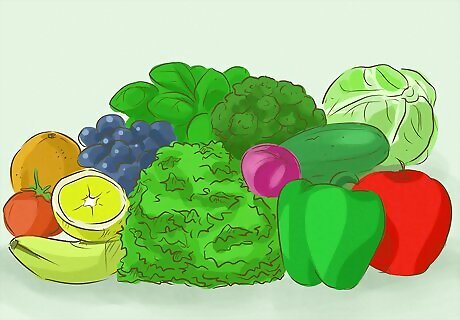
Eat calcium-rich foods. Calcium is the building block of the bones. It is also important for optimum health of cartilage. Calcium strengthens vertebral discs as well as fibrocartilages. It is particularly important for the elderly and post-menopausal females, who are more prone to develop calcium deficit and fractures. Nut-milks, nut-butters (not peanut butter), nuts, seeds, green vegetables like broccoli, green leaves and sprouts are examples of calcium rich foods. You may also take calcium supplements if you are doubtful about dietary sources or if you have a recognized calcium deficit. Take Tab Calcium 500 mg or Tab Calcium+ Vitamin D preparation once daily until your symptoms disappear completely.
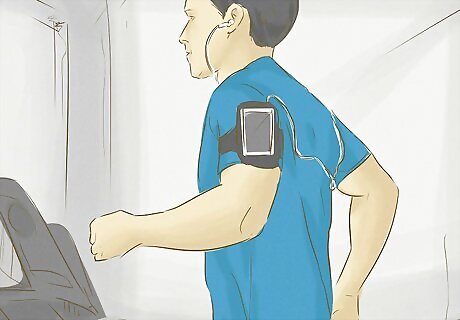
Exercise. Regular exercising is very good for bones and joints functioning. Any form of exercising like yoga aerobics or simple walking, can be employed. Here's how it helps: By strengthening back muscles, weight bearing potential is improved. Increases spinal flexibility. By strengthening belly muscles and muscles of legs and arms, weight is evenly distributed and this reduces back strain. Age related bone loss is significantly minimized, thus making the spines strong and able to withstand the stress.
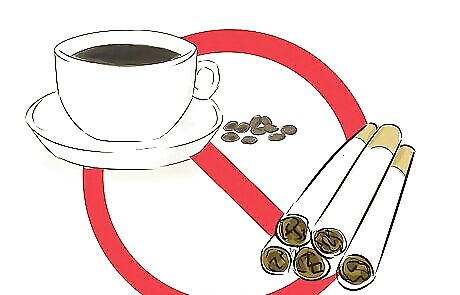
Keep your blood alkaline. Our normal body pH is 7.4 which is slightly alkaline (pH 7 is neutral). It helps to deposit calcium in immature bones and cartilage. If the body's pH becomes acidic, various alkaline substances including calcium tend to neutralize the excess acid. Therefore calcium is lost from bones and cartilages, drying them out. Coffee, cigarettes, alcohol, refined sugar, junk foods, fast foods, overcooked foods, refined breads, meat, etc. make our body acidic. Try to avoid them. Raw foods, particularly vegetables, are good to maintain alkalinity of blood and body tissue. Consuming too much milk also makes the blood pH acidic although it is a good source of calcium.
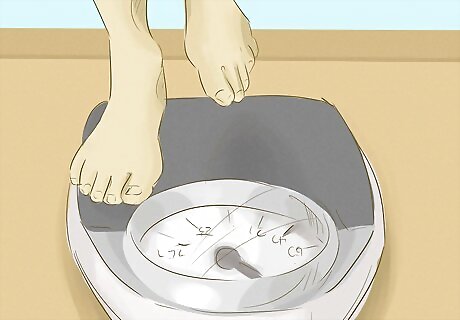
Lose weight. You might have noticed that obese people complain more of backache, disc prolapse and all other sorts of spine problems. When you are upright, your weight is supported by the spine, so the spine has to bear the additional stress when a person is obese. This causes minor injuries and degeneration. Try to keep your weight at an ideal limit for your height. Your doctor will be able to pinpoint a good weight for you and start you on a plan to lose weight and exercise safely. Even a few pounds can make a difference!
Caring for Your Back
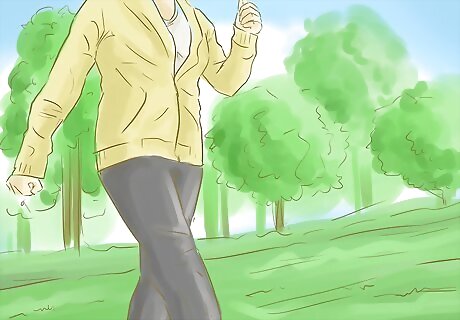
Improve blood circulation to your back area. Good circulation is necessary to transport nutrients and water to the discs, keeping them hydrated. If you take rest all day long or sit idly, blood circulation will be sluggish. Activity and massage are the best ways to do this. Engage in ordinary activity to improve circulation. Get up regularly and take a brief walk if you are sitting down for a prolonged period. Massaging the back will also improve blood supply to some extent. You may need the help of another person in this regard. Ten minutes once or twice daily would benefit you well.
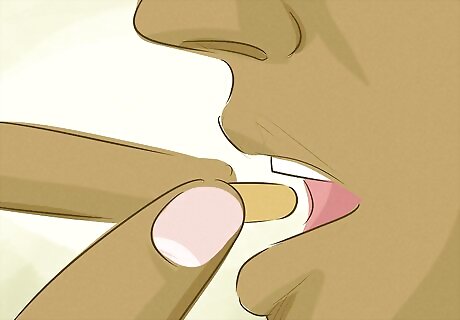
Consider taking a supplement. Glucosamine and chondroitin are essential components of cartilage. They are important to maintain flexibility of the cartilage. You can use these supplements to boost and renew your cartilage. Take Tab Glucosamine 500 mg three times daily or Tab Glucosamine + Chondroitin one to two tablets three times daily. The dose can be tapered after 60 days or according to response. You can also use Glucosamine sulfate cream locally on the affected area. It will reduce inflammation and expedite healing of the fibrocartilage. Apply a thin layer of cream over the painful area and gently rub with pulp of the fingers. Use it two times daily until pain subsides.
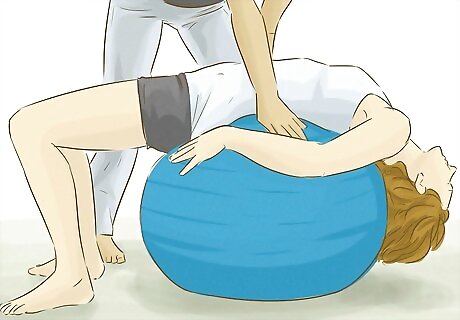
Consider getting some form of back therapy. When you take precautions against disc degeneration, you're also protecting your back against disc dehydration. You have several options: Complementary and alternative medical therapies (CAM). These work well during the initial stages of disc dehydration, when they can reduce the progression of the degeneration significantly and may cause some regeneration also. Chiropractic care. In this type of care spinal manipulations are done by hand to restore the alignment of spinal joints. Chiropractors manipulate the joints and restore alignment with controlled force; this relieves the stress to a greater extent. Only a trained and certified chiropractor should do this. Massage therapy. This relieves associated muscle strain and improves blood circulation to the affected joint. Various types of massage therapy like heat and cold alternating massage therapy, panchakarma massage therapy, etc. are done with variable results. Spinal decompression by traction: This helps by increasing the disc space, thus facilitating the flow of water to rehydrate the damaged disc. This form of therapy is restricted to chronic cases only; it should not be tried if there is acute swelling and pain at the site. Other modalities like ultrasonic or electrical stimulation, bracing, pool therapy, posture training, flexibility and strength training are also popular. All such modalities may work wonders in some and they are worth trying but under the supervision of an expert and with your doctor's okay.
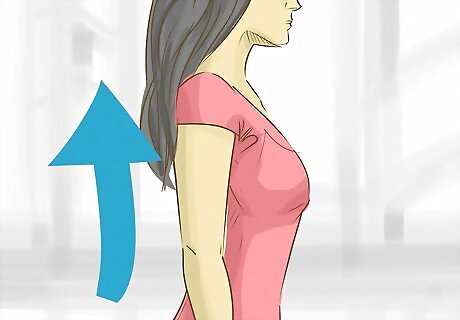
Stand and sit with good posture. We need to adopt different postures for daily activity because these have a crucial impact on our spinal discs and disc dehydration. Some postures tend to displace the discs and put stress on them. Your every movement and activity should be such that the discs remain relaxed. Keep your torso straight as much as possible. Keep pillows under your knees while lying on your back and between your legs to support your lower back while lying on your side. Sit with your back straight, keeping your whole back in contact with the backrest of the chair. Put your buttock as far backward as possible while sitting on a chair. While standing, keep your back straight and contract abdominal muscles all the time. If you need to lift an object from the floor, squat at first, then take the object in your hands. Lift one knee and keep the object on that knee. Stand up keeping your back straight. Do not sit or stand for a prolonged period of time.
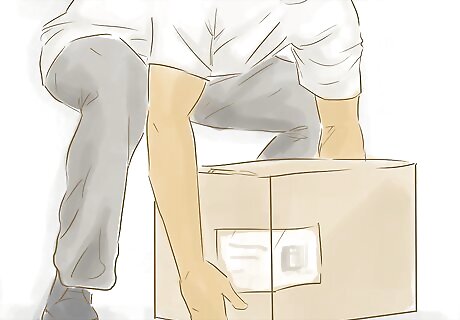
Avoid repetitive movements and bad lifting postures. Repetitive movements using incorrect postures can lead to wear and tear of the discs. The primary position to avoid is repetitive flexion (forward bending). If you are bending to lift something, bend with your legs and your back straight. Make sure you keep objects close to your body. Also avoid repetitive twisting and rotation. If you are going to rotate, make sure you move with your feet first, turning your entire body, not just twisting at the waist. For example, if you were to twist to the right, rotate your right foot out first and then follow with your body. This allows the body to minimize rotation at the spine.
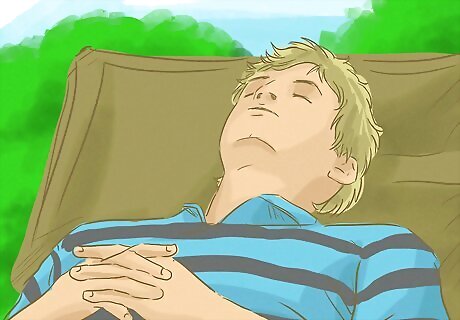
Rest when you need to. This is mandatory in all cases, as it relieves back pain very effectively. In a standing position the spine takes the load, but when you are resting the weight is shifted from the spine and back muscles; this relieves the stress and makes you comfortable. Complete bed rest is not advisable, since it will weaken the back muscles. Get up and walk around, even for a few minutes, every hour or so.
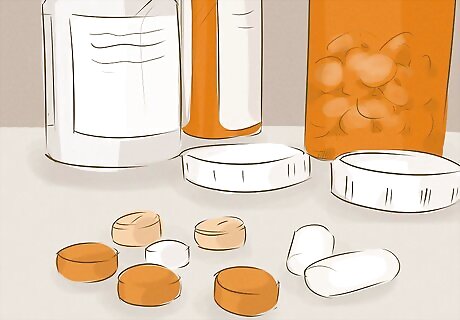
Consider starting on medications. Painkillers and anti-inflammatory drugs are often helpful for the patient to resume normal activity. They also help you to exercise routinely, eliminating pain, and stretching out your back so your discs can properly lubricate. NSAIDs are the first line of treatment in back pain associated with disc degeneration. Examples are ibuprofen, ketoprofen, aspirin, indomethacin, diclofenac, etc. Narcotics like morphine, Codeine, pentazocine, etc. are given sometimes when there is excessive pain not responding to NSAIDS. Take them for a short duration of time, because side effects can create other problems. Most common side effects are nausea, vomiting, constipation, giddiness. These drugs are only available by prescription and are associated with abuse potential. Muscle relaxants commonly prescribed like chlorzoxazone are associated with drowsiness, depressive tendencies and lethargy so should not be taken for more than 2 to 3 days. These reportedly help with muscle spasms. When there is excessive pain and all other treatment modalities have failed, doctors sometimes advise to inject the mixture of cortisone and local anesthetic into the space around spinal cord — this is known as epidural block. Before having an epidural, the cause of pain is determined by either CT scan or MRI of the back, and baseline investigation are advised.
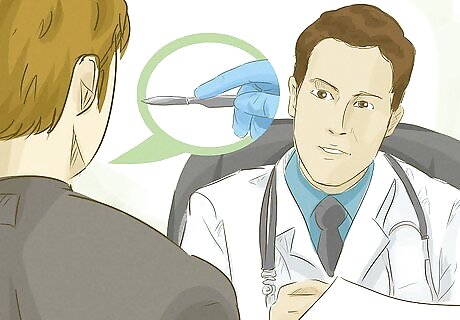
Consider surgical correction. The type of surgery depends upon the cause of disc injury. For example: Laminectomy and dynamic disc stabilization can improve disc rehydration in cases of lumbar spinal stenosis. Spinal fusion is the treatment of choice for all refractory cases of degenerative spondylosis. Disc regeneration using mesenchymal stem cells is definitely the future of all disc degenerative disorders, but at present it is still under the trial phase. Surgical correction may not be successful in all cases and it is associated with certain risks, so it should be tried only when all other conservative methods have failed
Exercising Your Back
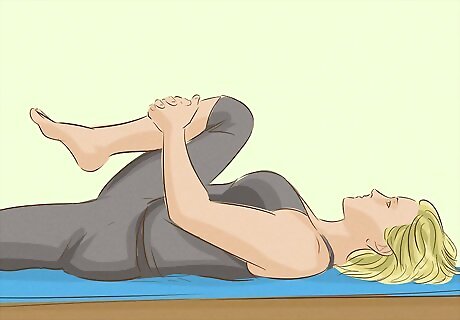
Do the knee pull. It helps to relieve the pain due to nerve compression (lumbago or sciatica). However, before doing any exercise it is best to consult a doctor or physiotherapist. It is because some exercises may further damage the disc instead of benefiting it. The purpose of exercise is to strengthen back muscles to support the spine and reposition the disc to its normal position. That being said, here's the knee pull: Lie flat on your back and grasp one knee with interlaced fingers. Pull the knee to your chest while keeping your back straight. Hold for 20 seconds. Do the same for the other knee. Repeat this about 20 times in a session. Perform 2 sessions daily.
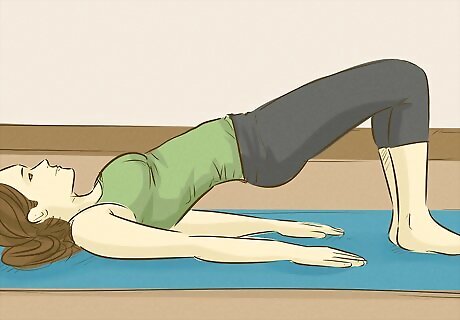
Do the pelvic tilt. This will, as the name suggests, tilt your pelvis forward. Lie flat on your back with knees bent and feet flat on the floor. Press the floor with your lower back and buttock by relaxing back muscles and tightening abdominal and buttock muscles. Keep pressing for 20 seconds. Do the same number of repetitions for the forehead to knee stretch.

Do abdominal curls. This is to develop abdominal and side muscles. Lie flat on your back with knees bent and feet flat on the floor. Take your hands behind the head with fingers interlaced. Slowly and gradually lift your head and shoulder blade while keeping your back on the floor. You will feel tension in your abdominal muscles. Hold your head for five seconds and then gradually lower it down. Initially repeat this five times in a session. Gradually increase the repetition to about 20.
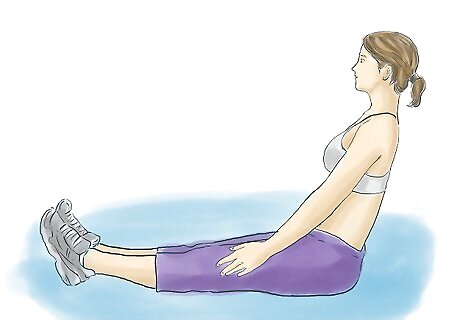
Do reverse sit ups. As you learn to keep balance, gradually increase the degree of leaning to near lying position and return to upright position again. Here's how: Sit on the floor with your back straight and knees bent. Stabilize yourself with your arms stretched out in front of you. Now lean backward slowly and slightly keeping the abdominal muscles tight. Try to avoid falling backward by using your abdominal and side muscles. Hold this position for 20 seconds. Repeat this 20 times per session. Two to three sessions per day are sufficient initially.
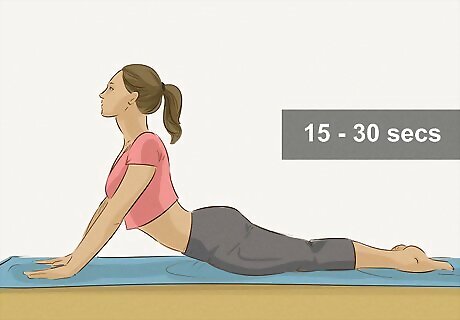
Do back extensions. This exercise helps to push the spinal discs forward and release compression on the nerve roots. Lie on your stomach comfortably. Raise your head and shoulders and support yourself by putting the palms of your hand on the floor. Hold for 10 seconds and return to normal position. Relax for 20 seconds and repeat the exercise. Initially do five repetitions and increase by twos.


















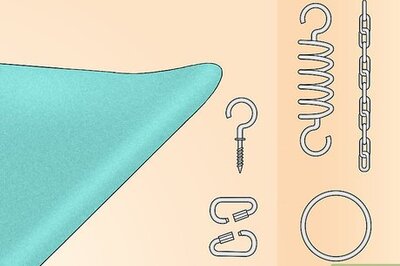

Comments
0 comment